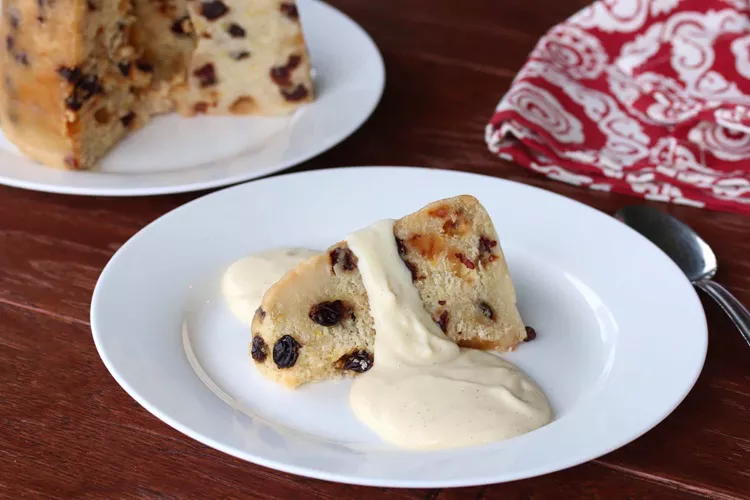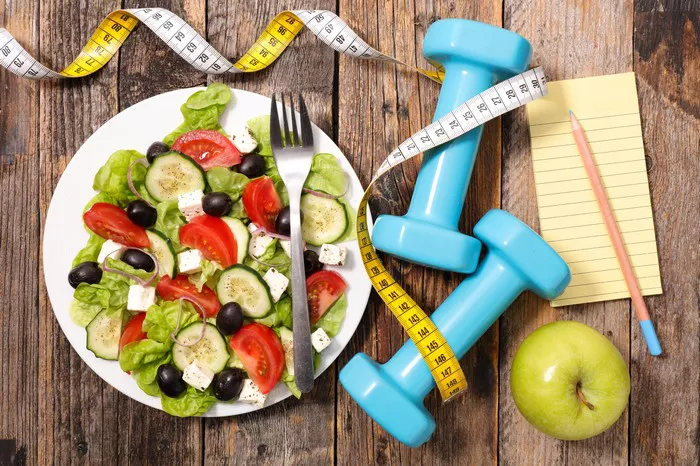Cheesecake, with its rich and creamy texture, is a beloved dessert that has stood the test of time. Whether you’re a seasoned baker or a novice in the kitchen, mastering the art of cheesecake-making requires a combination of precision and creativity. In this article, we will explore five essential tips that you need to know to make the perfect cheesecake. From choosing the right ingredients to mastering the baking process, these tips will guide you toward creating a cheesecake that is indulgent, velvety, and absolutely irresistible.
5 Tips You Need to Know to Make Cheesecake
1. Selecting the Right Cheesecake Ingredients
The first step to a successful cheesecake is choosing the right ingredients. Opt for high-quality cream cheese, as it serves as the star of the show. Full-fat cream cheese is preferred for its richness and creamy consistency, ensuring a luscious texture in your cheesecake. Additionally, use fresh, large eggs and high-quality vanilla extract to enhance the flavor profile.
When it comes to the crust, graham cracker crumbs are a classic choice, providing a sweet and slightly crumbly base. You can experiment with different crust options, such as using chocolate cookies or even nuts for added depth of flavor. Lastly, choose unsalted butter for the crust to control the overall salt content of your cheesecake. By starting with the right ingredients, you set the foundation for a cheesecake that is both delicious and memorable.
2. Room Temperature Ingredients Are Key
To achieve the smooth and velvety texture that defines a perfect cheesecake, it’s crucial to ensure that your ingredients are at room temperature before mixing. This includes the cream cheese, eggs, and any dairy components like sour cream or heavy cream.
Room temperature ingredients blend more seamlessly, preventing lumps and creating a homogeneous batter. Cold ingredients can result in an uneven texture, making it challenging to achieve that coveted creamy consistency. Allow your ingredients to sit at room temperature for at least 30 minutes before starting the mixing process. This small but crucial step will contribute significantly to the success of your cheesecake.
3. Mastering the Art of Cheesecake Mixing
The mixing process is a critical stage in cheesecake making. Overmixing can introduce excess air into the batter, leading to cracks during baking. To avoid this, use a low-speed setting on your mixer and blend only until each ingredient is incorporated. Pause periodically to scrape down the sides of the bowl, ensuring an even distribution of ingredients.
When adding eggs, introduce them one at a time and mix just until combined. This gradual approach prevents overmixing and helps maintain the smooth texture of the cheesecake. If your recipe calls for additional ingredients like sour cream or heavy cream, incorporate them gently and avoid vigorous mixing. A well-mixed batter is the secret to a cheesecake that is velvety and free of undesirable cracks.
4. Perfecting the Water Bath Technique
The water bath, or bain-marie, is a technique that involves placing the cheesecake pan in a larger pan filled with hot water during baking. This method ensures gentle and even heat distribution, preventing the edges of the cheesecake from overcooking and cracking. The water bath also helps maintain a moist environment in the oven, contributing to the creamy texture of the cheesecake.
To prepare a water bath, tightly wrap the outside of the cheesecake pan with aluminum foil to prevent water from seeping in. Place the wrapped pan in a larger baking dish and add hot water until it reaches about halfway up the sides of the cheesecake pan. Be cautious when transferring the water-filled dish to the oven to avoid spills. Mastering the water bath technique is a game-changer for achieving a flawlessly smooth and crack-free cheesecake.
5. Proper Cooling and Chilling for Optimal Texture
After the baking process, the cheesecake requires careful cooling and chilling to set properly. Once the cheesecake is done baking, turn off the oven and crack the oven door open. Allow the cheesecake to cool gradually for about an hour in the turned-off oven. This gradual cooling minimizes the chances of sudden temperature changes that could lead to cracks.
After the initial cooling period, transfer the cheesecake to a wire rack and let it cool completely at room temperature. Once cooled, refrigerate the cheesecake for a minimum of four hours, or ideally overnight. The extended chilling time allows the flavors to meld and the texture to firm up, resulting in a cheesecake that is perfectly set and ready to be enjoyed.
Conclusion
Mastering the art of cheesecake-making requires attention to detail and a commitment to using the right techniques. From selecting high-quality ingredients to ensuring they are at room temperature, the foundation of a perfect cheesecake is built on precision. The mixing process, incorporating the water bath technique, and proper cooling and chilling further contribute to achieving that coveted creamy texture.


























